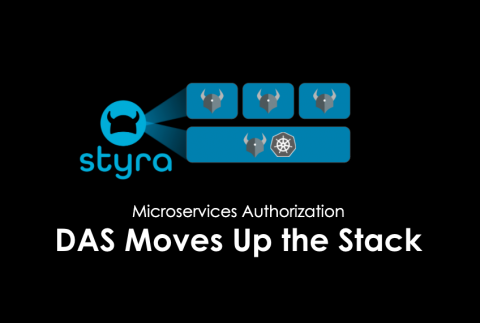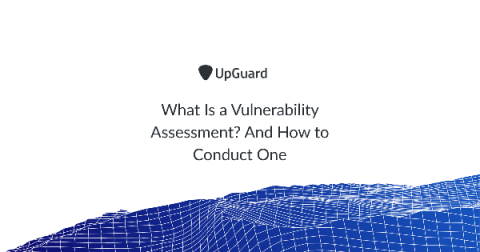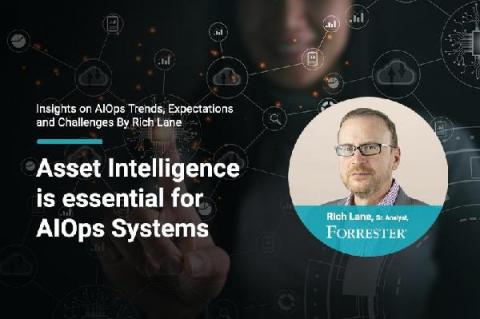Microservices Authorization: Styra DAS Moves up the Stack
We’ve had an exciting past six months at Styra, from a Series A funding announcement to tremendous growth in the Open Policy Agent (OPA) community to new enhancements to our commercial product, Styra’s Declarative Authorization Service (DAS). All of this great momentum maps to our overarching vision of unifying authorization and policy for the cloud-native environment.










